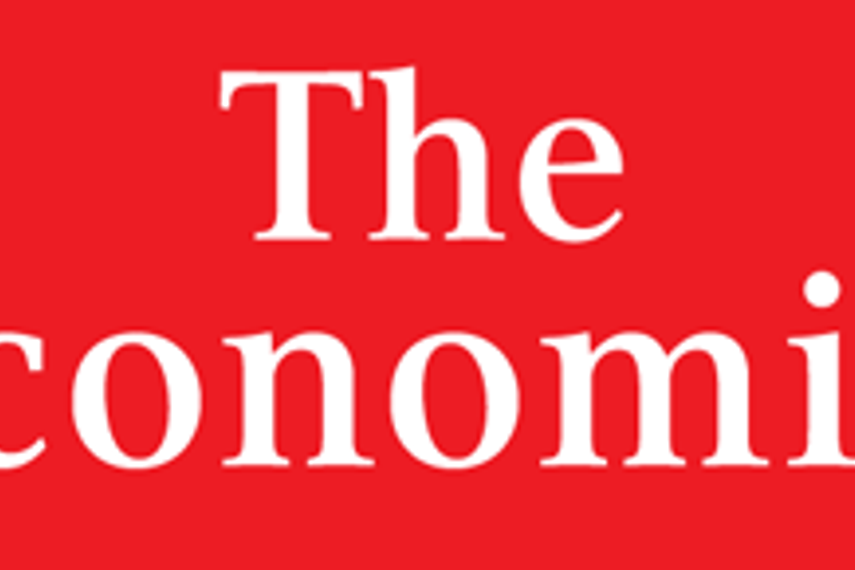
Please sign in or register
Existing users sign in here
Having trouble signing in?
Contact Customer Support at
[email protected]
or call+91 022 69047500
The Economist's latest campaign looks at giving a new twist to its positioning of ‘Interpret the world’. It features six creatives that, each, depicts the connections between seemingly unconnected events. Each of the campaign creatives depicts three visuals superimposed on each other.The first of these shows the silhouette of a suitcase.

Contact Customer Support at
[email protected]
or call+91 022 69047500
Top news, insights and analysis every weekday
Sign up for Campaign Bulletins
Star Health’s split-screen ad pitches insurance as peace of mind, but its visual clichés raise questions about real-world nuance.
India’s top creatives unpacked the promise and pressure of AI-powered storytelling, and why the future belongs to those who can balance efficiency with empathy at Cannes Homecoming.
When feedback becomes a bottleneck instead of a booster, creative teams face chaos, dilution and burnout. ButtonShift’s co-founder and CEO explains why it matters.
IBM’s 2025 CMO Study reveals only 26% of Indian marketers believe they have the talent needed to achieve their goals for the next two years.